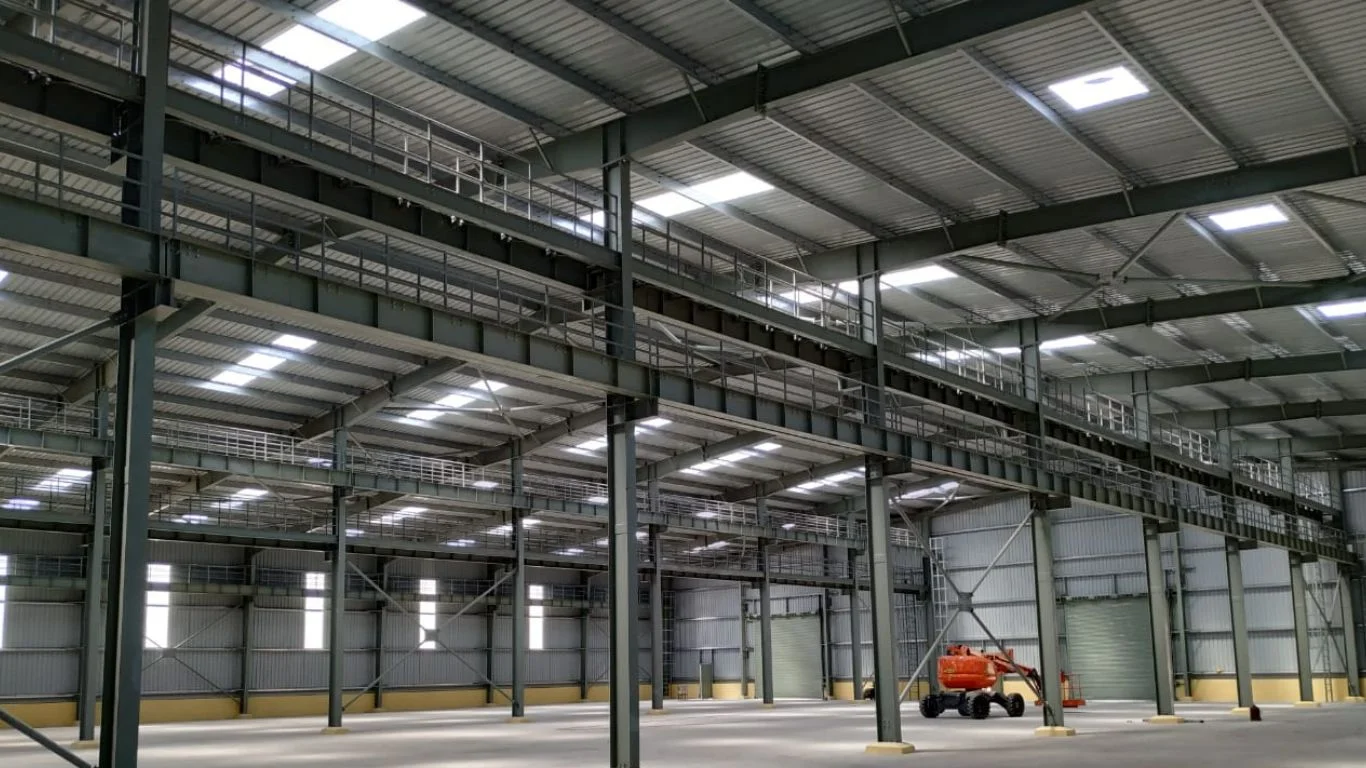Pre-engineered building solutions are increasingly becoming a popular choice for businesses and organisations looking to save money and time in the construction process. With the latest technology trends, pre-engineered buildings are becoming even more cost-effective and efficient, allowing businesses to build a customised structure without having to break the bank. From 3D printing to off-site fabrication, these technological advances are revolutionising the pre-engineered building industry, offering a range of cost-effective solutions for businesses of all sizes. From energy-efficient materials to better design capabilities, these trends are helping to make pre-engineered buildings a more viable option than ever before. Read on to learn more about the latest technology trends for cost-effective pre-engineered building solutions.
The Benefits of Pre-Engineered Building Solutions
Pre-engineered building solutions provide a number of benefits for businesses. For instance, they are designed with the functionality of the final building in mind, meaning that they are a perfect fit for a business’s needs. This makes them easier and cheaper to construct, reducing the overall cost of the construction project. Pre-engineered buildings are also more efficient to construct than site-built structures, meaning that they can be built significantly faster. This can help businesses to save time and money, as well as improving the quality of life for staff members who will be working in the finished structure. Pre-engineered buildings are also a great option for businesses looking to increase their sustainability by making use of materials that have lower carbon footprints than standard materials that are used for site-built structures.
The Latest Technology Trends for Pre-Engineered Building Solutions
As technology and design capabilities evolve, the latest technology trends for pre-engineered building solutions promise to provide businesses with more cost-effective solutions than ever before. 3D printing, for instance, is increasingly being used to create pre-engineered components for buildings. This allows manufacturers to create highly customised components that are perfectly suited to a client’s needs, without having to create a one-size-fits-all solution. Likewise, off-site fabrication is being increasingly used for pre-engineered building solutions. Here, manufacturers construct the entire building off-site and then transport it to the site of the project, where it is easily assembled. This means that the building can be constructed in less time, while also reducing the overall cost of the project.
Off-Site Fabrication
Off-site fabrication is a more efficient method of constructing pre-engineered buildings than on-site construction. This means that it is easier, cheaper, and faster to construct, reducing the overall cost of the project. Off-site fabrication is also more sustainable than on-site construction, helping businesses to reduce their carbon footprint. And because the components are designed for a specific building, they are easier to transport and assemble on site, meaning that the project can be completed faster. This can help businesses to save time and money, as well as improving the quality of life for staff members who will be working in the finished structure. Off-site fabrication is increasingly being used for pre-engineered buildings in a variety of sectors, including healthcare, education, hospitality, and more. With the latest technology trends, pre-engineered buildings fabricated off-site will become even more cost-effective and efficient, offering businesses a range of solutions that are designed to meet their specific needs.
Energy-Efficient Materials
Pre-engineered buildings made with energy-efficient materials are an excellent way to reduce energy costs in the long term, while also helping businesses to meet sustainability goals. For instance, buildings made with energy-efficient materials such as high-performance insulation can help to reduce energy costs by up to 50%. This can help to improve the quality of life for staff members by reducing noise and improving air quality, while also allowing businesses to reduce their power bills. Pre-engineered buildings made with energy-efficient materials are also easier to maintain, meaning that they require less time and effort from building management. This can help to reduce ongoing costs, while also improving the quality of life for staff members by making repairs less disruptive. The latest technology trends suggest that more manufacturers are producing pre-engineered buildings made with energy-efficient materials. This makes them a more cost-effective solution for businesses, as it reduces the amount that they need to invest in energy-saving equipment.
Better Design Capabilities
As technology improves, more pre-engineered building solutions are becoming capable of designing a wider range of structures. This allows manufacturers to create a more cost-effective solution, as it reduces the amount of design work that businesses need to do themselves. A pre-engineered building will include all of the design details that a business needs to construct their structure, including the building’s layout and structural information. This allows businesses to customise their design without having to hire an architect, meaning that it is both efficient and cost-effective. The latest technology trends suggest that more pre-engineered building solutions are becoming capable of designing a wider range of structures. This makes them an even more cost-effective solution for businesses, as it reduces the amount of effort that they need to put into design.

Advanced manufacturing processes:
Pre-engineered building components are manufactured in factories using advanced techniques such as computer numerically controlled (CNC) machining. This allows for greater precision and efficiency in the manufacturing process, which can help to reduce costs.
3D Printing
Pre-engineered buildings built with 3D printing offer a range of benefits. For instance, they are designed with a specific purpose in mind, meaning that they are more cost-effective than standard components. This makes them easier and cheaper to construct, reducing the overall cost of the construction project. 3D printing is also more energy-efficient than other methods of creating components for buildings, allowing manufacturers to create more sustainable buildings. And because the components are designed for a specific building, they are easier to transport and assemble on site, meaning that the project can be completed faster. This can help businesses to save time and money, as well as improving the quality of life for staff members who will be working in the finished structure. 3D printing is increasingly being used for pre-engineered buildings in a variety of sectors, including healthcare, education, hospitality, and more. With the latest technology trends, pre-engineered buildings with 3D printed components will become even more cost-effective and efficient, offering businesses a range of solutions that are designed to meet their specific needs.
Conclusion
Pre-engineered buildings are increasingly becoming a popular choice for businesses and organisations looking to save money and time in the construction process. With the latest technology trends, pre-engineered buildings are becoming even more cost-effective and efficient, allowing businesses to build a customised structure without having to break the bank. From 3D printing to off-site fabrication, these technological advances are revolutionising the pre-engineered building industry, offering a range of cost-effective solutions for businesses of all sizes. From energy-efficient materials to better design capabilities, these trends are helping to make pre-engineered buildings a more viable option than ever before.











